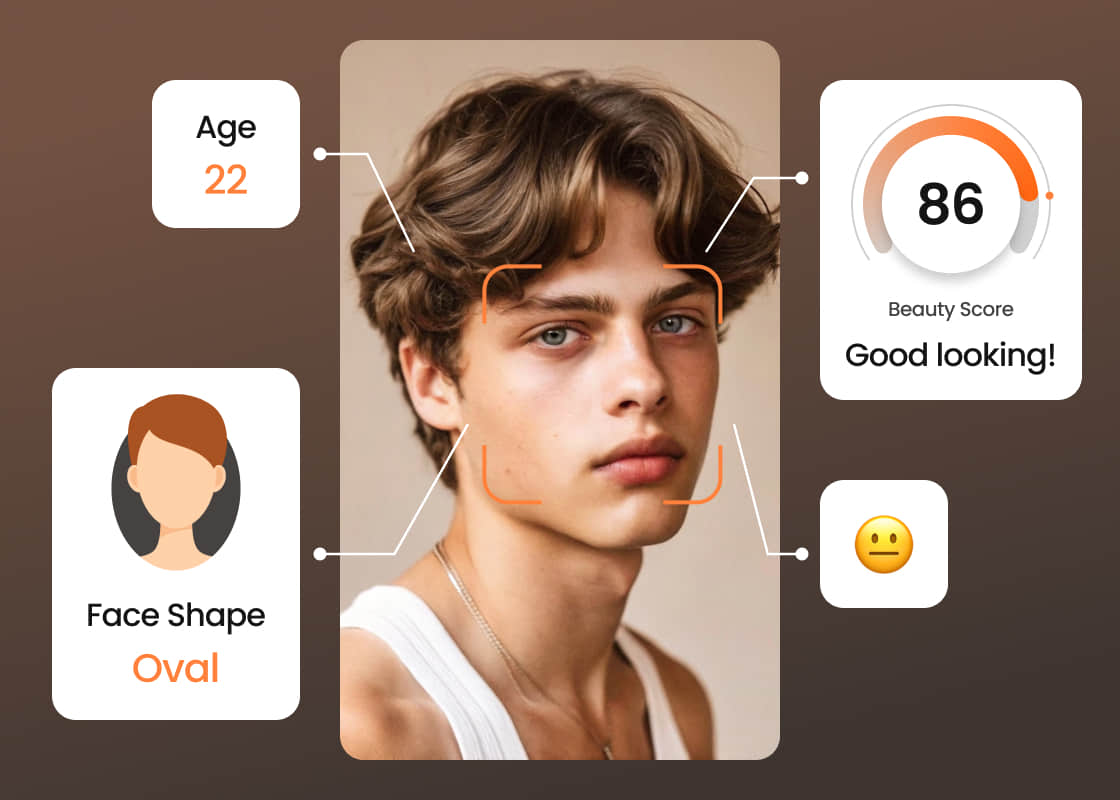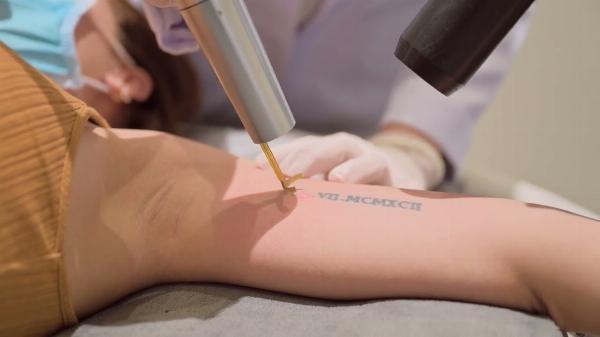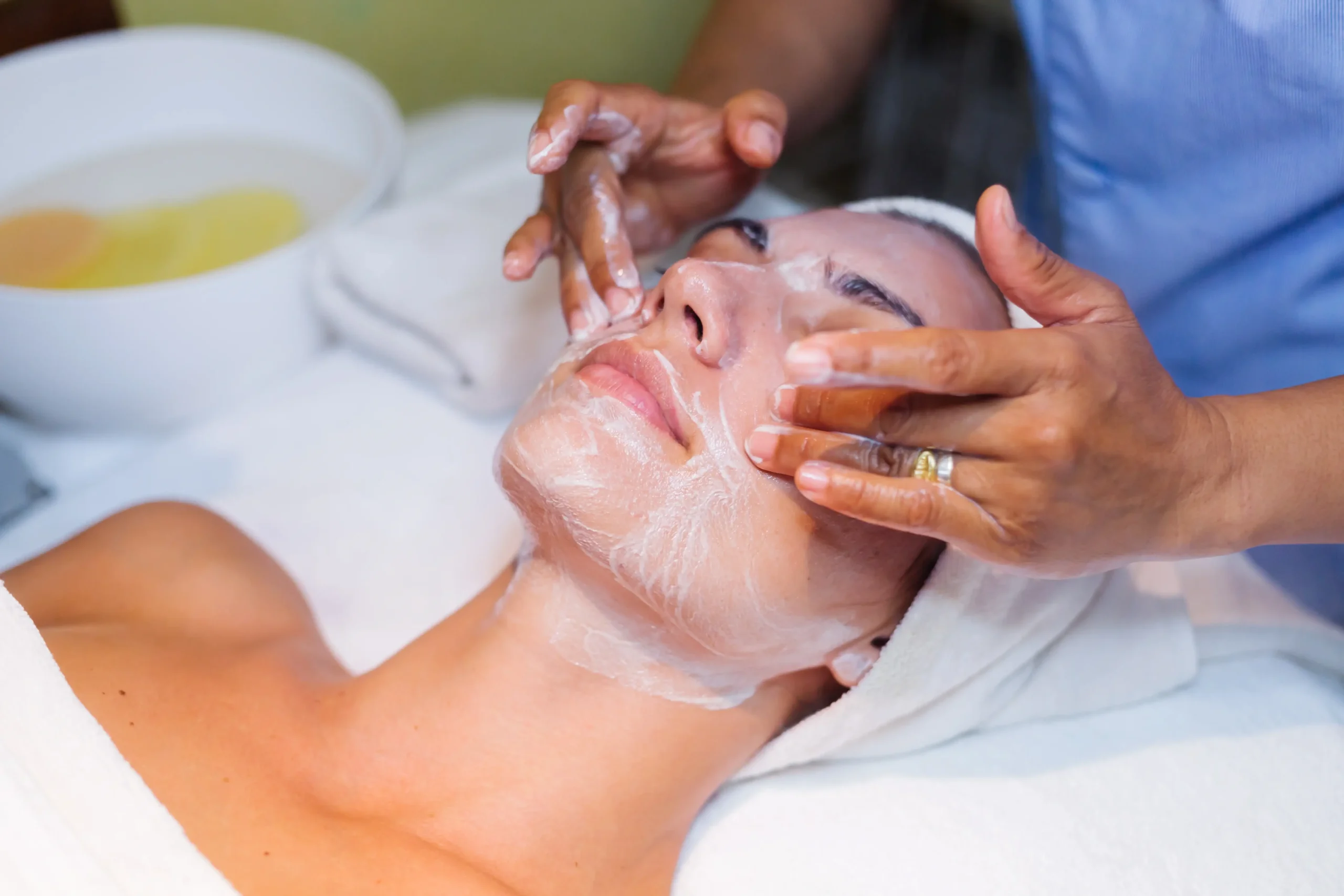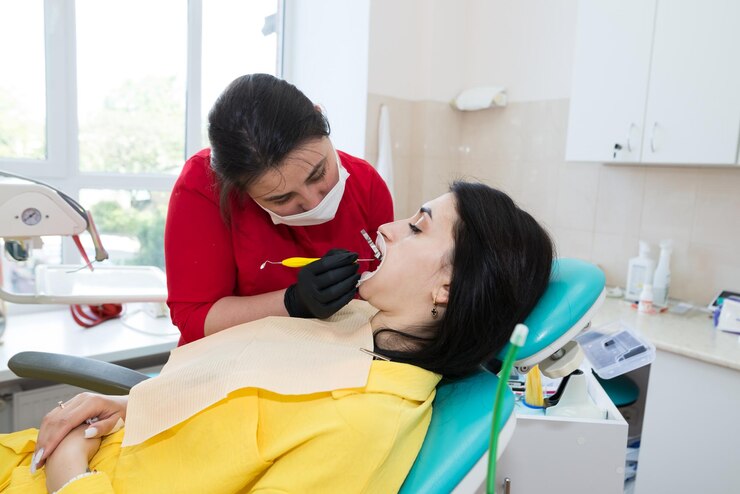Temporary vs. Permanent Dermal Fillers: Pros and Cons

Strong 8k brings an ultra-HD IPTV experience to your living room and your pocket.
Dermal fillers are a popular choice for people seeking non-surgical facial rejuvenation and contouring. They can reduce wrinkles, restore lost volume, enhance facial features, and improve skin texture. One of the most important decisions patients must make when considering fillers is choosing between temporary and permanent options. Each type has distinct properties, benefits, and potential drawbacks that influence its suitability for different needs. If you’re exploring options for Dermal Fillers in Islamabad, understanding the difference between these two types is essential for making an informed decision.
What Are Dermal Fillers?
Dermal fillers are gel-like substances injected beneath the skin to restore volume, smooth lines, and enhance facial contours. They come in various formulations, categorized based on their longevity and the substances used in their composition.
Temporary fillers are biodegradable and are naturally broken down and absorbed by the body over time. Permanent fillers, in contrast, are composed of materials that the body does not metabolize, offering long-lasting or semi-permanent results.
Temporary Dermal Fillers: Overview
Temporary fillers are the most widely used type and are often composed of hyaluronic acid (HA), a naturally occurring substance in the skin that helps retain moisture and elasticity. Other types of temporary fillers include calcium hydroxylapatite (CaHA) and poly-L-lactic acid (PLLA), which stimulate collagen production for longer-term results.
Common Brands:
Hyaluronic Acid: Juvederm, Restylane, Belotero
CaHA: Radiesse
PLLA: Sculptra
Pros of Temporary Fillers:
Reversible: HA-based fillers can be dissolved using an enzyme called hyaluronidase if results are unsatisfactory or complications arise.
Safe: Because these fillers are biodegradable, they carry a lower risk of long-term adverse effects.
Natural Appearance: Temporary fillers tend to integrate well with surrounding tissues, providing soft, natural-looking results.
Flexibility: Adjustments can be made in future sessions to account for facial aging or changes in aesthetic preferences.
Lower Initial Risk: Short-term commitment makes these fillers ideal for first-time users.
Cons of Temporary Fillers:
Limited Duration: Depending on the product and area treated, results last from 6 to 18 months.
Maintenance Needed: Regular touch-ups are required to maintain desired effects.
Cumulative Cost: Although cheaper upfront, long-term maintenance may increase the overall cost.
Permanent Dermal Fillers: Overview
Permanent or semi-permanent fillers use synthetic substances that remain in the skin for years. Polymethylmethacrylate (PMMA) is the most commonly used material in permanent fillers. These fillers do not break down naturally and are designed for long-lasting facial volume restoration.
Common Brands:
PMMA: Bellafill (formerly Artefill)
Pros of Permanent Fillers:
Long-Lasting Results: Effects can last five years or more, and in some cases, indefinitely.
Cost-Effective Over Time: One-time treatment may offer years of benefits, reducing the need for frequent touch-ups.
Suitable for Deep Wrinkles: Particularly effective for treating nasolabial folds, acne scars, and deep facial creases.
Cons of Permanent Fillers:
Irreversible: If results are unsatisfactory or complications develop, correction may be difficult and require surgery.
Higher Risk of Side Effects: There's a greater chance of granulomas, infections, or filler migration.
Rigid Results: These fillers may not age well with the face and can appear unnatural over time.
Limited Customization: Cannot be adjusted to accommodate future facial changes or aging patterns.
Only Suitable for Select Patients: Usually recommended for experienced filler users who are confident in their aesthetic goals.
Key Considerations When Choosing Between Temporary and Permanent Fillers
1. Aesthetic Goals
If you are looking to experiment with subtle enhancements or want the flexibility to change your look over time, temporary fillers are a safer bet. Permanent fillers are best for individuals with well-established preferences and long-term goals.
2. Age and Skin Condition
Younger individuals with minimal signs of aging may prefer temporary fillers that offer natural results and adaptability. Older patients with significant volume loss or deeper wrinkles might benefit more from longer-lasting solutions.
3. Cost vs. Longevity
While permanent fillers may seem more cost-effective over time, the upfront costs and potential for correction procedures can make them less economical. Temporary fillers spread the cost over several years and allow for safer adjustments.
4. Risk Tolerance
If you are uncomfortable with the idea of irreversible results or the potential for complications that are difficult to correct, temporary fillers provide more peace of mind.
5. Injector Expertise
Permanent fillers require a highly experienced injector due to the elevated risk and lack of reversibility. Always consult with a qualified medical professional before committing to any type of filler.
Temporary vs. Permanent Fillers for Different Areas
Some areas of the face are more suited to one type of filler than another:
Lips and Tear Troughs: Temporary fillers are preferred due to the delicate nature of the skin and the need for fine-tuning.
Nasolabial Folds: Both types can be effective, depending on the depth of the folds and patient preference.
Cheeks and Jawline: Temporary fillers are usually preferred for contouring, but permanent fillers may be used for volume restoration.
Acne Scars: Permanent fillers like PMMA are FDA-approved for certain types of acne scarring.
Combining Temporary and Permanent Fillers
In some cases, patients may benefit from a combination of temporary and permanent fillers. For example, a practitioner might use permanent fillers for foundational support in deeper tissues and temporary fillers for more superficial enhancements. This hybrid approach allows for both longevity and flexibility.
Conclusion
Choosing between temporary and permanent dermal fillers depends on multiple factors, including aesthetic goals, budget, risk tolerance, and lifestyle preferences. Temporary fillers offer reversibility, adaptability, and a proven safety record, making them ideal for most individuals. Permanent fillers provide longer-lasting results but come with increased risks and less flexibility, making them more suitable for experienced patients who have well-defined treatment goals.To ensure the best outcome, always seek treatment from experienced professionals. The SKN Cosmetics clinic is a trusted provider of Dermal Fillers in Islamabad, offering a wide range of temporary and long-lasting solutions tailored to each patient’s unique needs. With expert injectors and a commitment to patient safety, SKN Cosmetics ensures that every filler procedure is both effective and secure.
Note: IndiBlogHub features both user-submitted and editorial content. We do not verify third-party contributions. Read our Disclaimer and Privacy Policyfor details.







